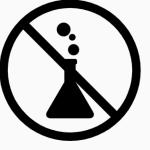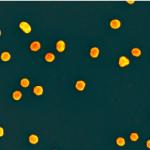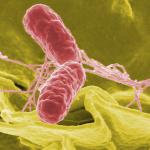A recent CNN article about the FDA oversight of chemicals in foods is puzzling. Author Sandee LaMotte regurgitates a ludicrous demand by t
food safety
If you buy a frozen leg of lamb at the supermarket how do you know whether it has thawed at some point from the provider to the market and then refrozen?
Pest control and microbial disinfection protocols often utilize ultraviolet (UV) light. The reason is because UV light is extremely damaging to cells.
Last winter Consumer Reports came out with a relatively new s
In the no news is no news department, one of the most studied chemicals ever - Aspartame, NutraSweet - has gotten a clean bill of health from the European Food Safety A






